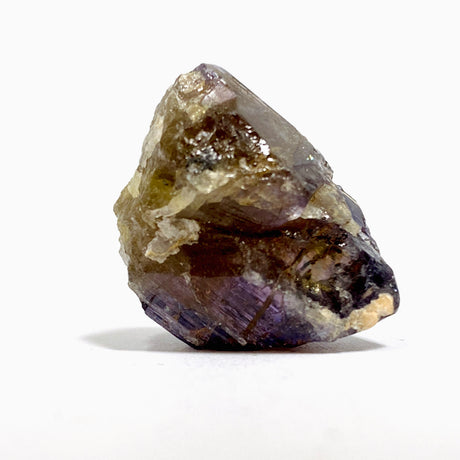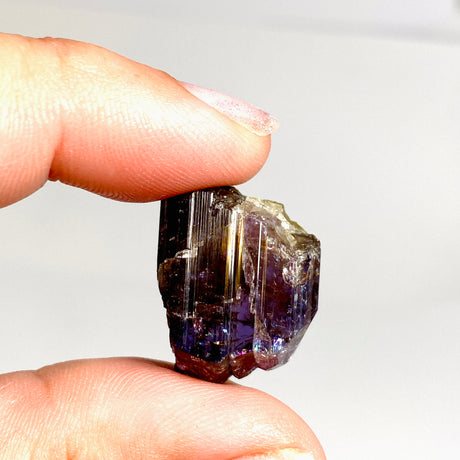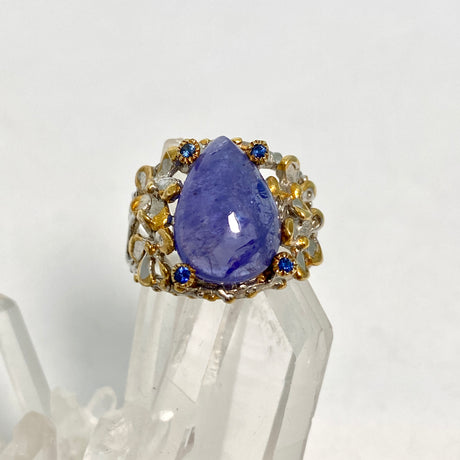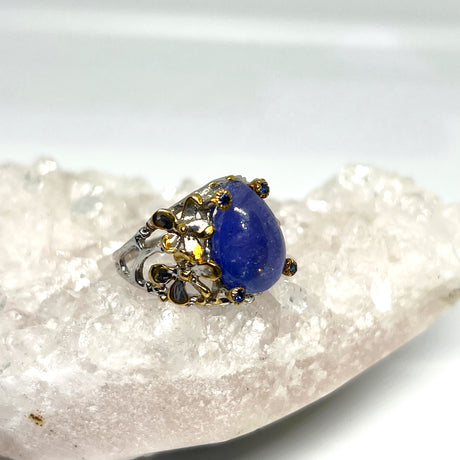- New arrival
Gemstone Oval Faceted Decorative 1 micron Gold Plated Drop Earrings PEGJ374
$218.00Unit price /Unavailable Tanzanite Teardrop Pendant PPGJ763
$343.00Unit price /Unavailable- New arrival$1,155.00Unit price /Unavailable
- New arrival
Tanzanite Teardrop Faceted Ring Size 8.5 PRGJ1023
$218.00Unit price /Unavailable - New arrival
Tanzanite Teardrop Faceted Ring Size 8 PRGJ1022
$251.00Unit price /Unavailable - New arrival
Tanzanite Oval Faceted Ring Size 9.5 PRGJ1020
$393.00Unit price /Unavailable - New arrival
Tanzanite Oval Faceted Ring Size 9 PRGJ1019
$251.00Unit price /Unavailable - New arrival
Tanzanite Oval Faceted Ring Size 7.5 PRGJ1016
$218.00Unit price /Unavailable - New arrival
Tanzanite Oval Faceted Ring Size 8 PRGJ1017
$218.00Unit price /Unavailable - New arrival
Tanzanite Oval Cabochon Ring Size 7 PRGJ1013
$251.00Unit price /Unavailable - New arrival
Tanzanite Oval Cabochon Ring Size 7 PRGJ1012
$188.00Unit price /Unavailable - New arrival
Tanzanite Oval Faceted 2.5 micron Gold Plated Ring Size 7 PRGJ991
$188.00Unit price /Unavailable - New arrival
Tanzanite Oval Cabochon Earrings PEGJ387
$218.00Unit price /Unavailable - $189.00Unit price /Unavailable
Tanzanite teardrop cabochon with Sapphire and 18ct Gold plate ring Size 7 GRA950
$1,023.00Unit price /UnavailableTanzanite Oval Cabochon Earrings in a decorative settings PEGJ183
$150.00Unit price /UnavailableTanzanite Oval Faceted Earrings PEGJ180
$250.00Unit price /UnavailableTanzanite Oval Faceted Earrings PEGJ179
$188.00Unit price /Unavailable









































































































